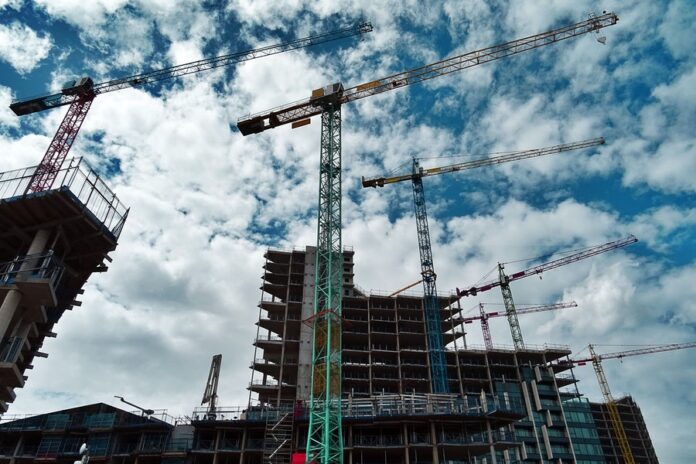Ordering meals, obtaining directions, conversing with individuals from all over the world, and even remembering oneself to drink water are all possible. It has gotten so ingrained in our everyday lives that we can’t picture life without it.
Technology has shown to boost production, communication, advertising, and other aspects of the construction sector. That is why it is critical not to fall behind when it comes to staying up to date on the newest technological advancements, especially when it comes to earning more out of your company.
With that in account, here are several technologies you want to have in your construction company.
What Precisely is Construction Technology?
Construction technology is defined by the Construction Industry Institute as “the set of innovative tools, industrial equipment, adjustments, software, and so on used during the construction process that enables improvement in field-building techniques, including automated construction equipment and semi-automated.”
New building techniques are being introduced at a dizzying rate nowadays. What appeared to be futuristic technology 10, 20 years ago, such as linked equipment and tools, mobile applications, telematics, autonomous heavy equipment, robots, drones, and 3D printed buildings, augmented and virtual reality, are nowhere and are being implemented and used on worksites throughout the world.
Here are a few examples of how technology is influencing and enhancing the construction industry:
Wearables
Wearables are being utilized to monitor employees and their surroundings in order to make construction sites safer. Wearable technology in construction is being integrated into clothing and personal protection equipment (PPE) that are already popular on construction sites, such as hard helmets, safety vests, gloves, and work boots.
Biometric authentication and environmental sensors, GPS and position trackers, voltage detectors, Wi-Fi, and other sensors are being integrated into worksite wearables to monitor employees’ movements, posture, repetitive movements, and slips and falls. Geofencing enables site or safety managers to create restricted or dangerous regions that will notify employees via a mix of alarm systems and lights that they have managed to enter an off-limits region.
Smart clothes, or e-textiles, that can monitor vital indications such as skin temperature, breathing rate, and heart rate will also be used on the building site. These gadgets will be able to monitor a laborer’s posture, follow their movements, detect weariness, and assess whether they are inebriated or under the influence of drugs. Keeping a close check on workers might help detect accidents before they happen.
Heavy Automated Equipment
Autonomous heavy equipment, similar to that used in self-driving automobiles, is already being deployed on construction sites to do grading, excavation, and site work. This technology enables operators to be fully detached from the machine, allowing businesses to accomplish the same amount of work with fewer employees.
These robots employ drones, sensors, and GPS to explore the building site and execute site work three-dimensional ( 3d terrain models to dig and grade the site properly. Augmented GPS, which combines onsite base stations and satellites, may be used to geofence the property and allow automated equipment to roam about it with pinpoint accuracy.
Offsite Development
Offsite construction is commonly utilized on projects that have repeating floorplans or designs, such as apartment complexes, hospitals, hotels, dorms, jails, and schools. Offsite work is done in a controlled atmosphere, comparable to that of a car production factory. Operators at each station have all of the equipment and supplies they need to do their task, whether it’s creating a wall frame or connecting plumbing systems with pex connectors. This assembly-line building process lowers waste and allows employees to be more productive.
Offsite construction is commonly divided into two types: prefabricated and modular. With building projects, entire rooms may be created with pre-installed finishes, MEP, and fixtures. They can be as tiny as bathrooms, or they can be assembled on-site to create bigger facilities such as residential units. The modular components are delivered to the building site, where they are placed and joined to the structural frame.
Building components are constructed offsite and then reassembled or erected once they arrive at the construction site using prefabricated architecture. Prefabricated construction components include frame, internal and exterior wall panels, floor systems, window, and door assembly, and multi-trade racks, which are panels that include all of the ducting, wiring, and plumbing.
Mobile Apps & Softwares
One of the most significant advantages of technology is the ability to automate everything. There is a plethora of construction software available that allows you to do anything from project management to making quotations or estimates, order fulfillment, and interacting with your crew. You may also use it for bookkeeping and stay on top of your finances.
Conclusion
Construction businesses are beginning to embrace technology. Companies who invest in and deploy construction technology gain the benefits of higher efficiency, better teamwork, and project completion on schedule and under budget, resulting in larger profit margins.






















